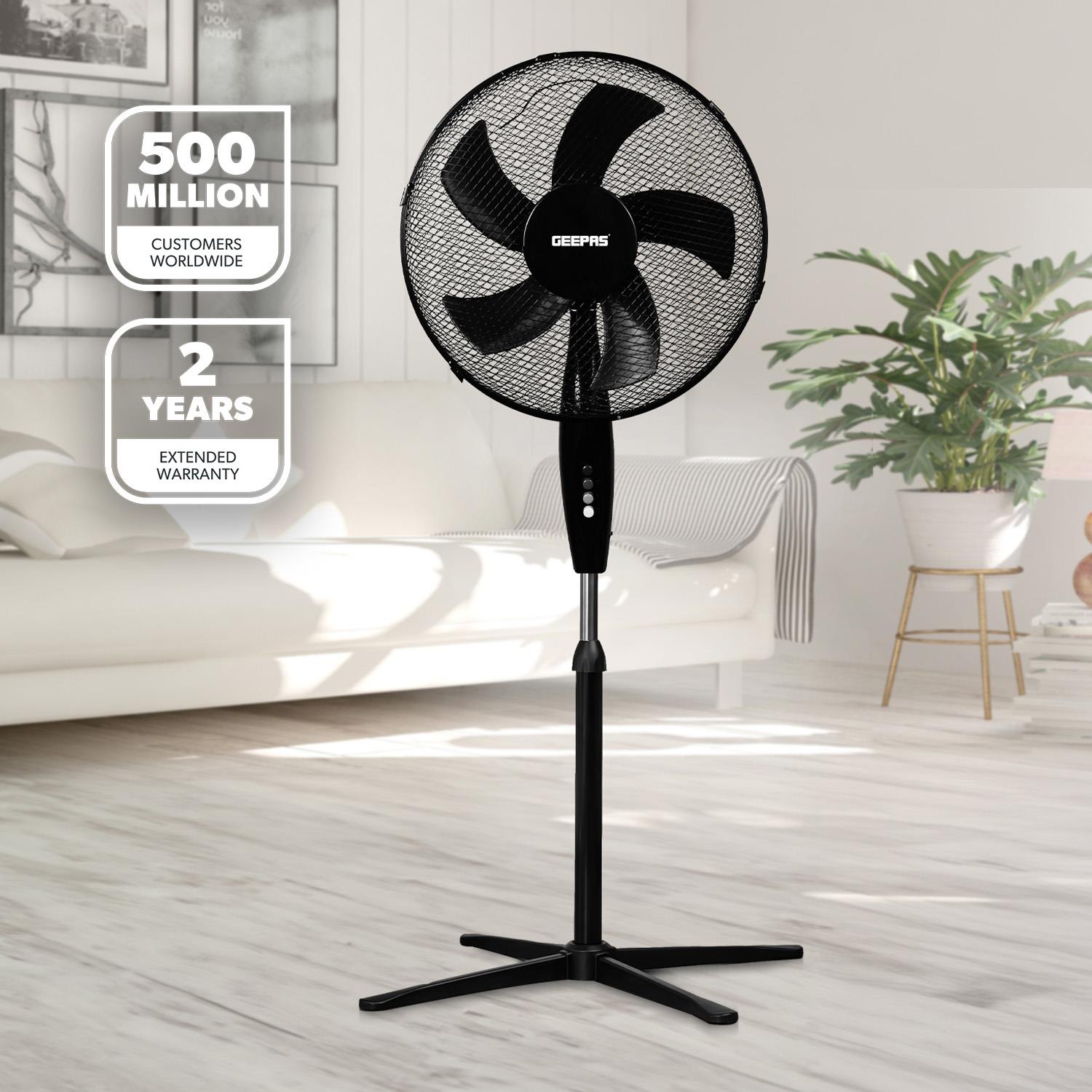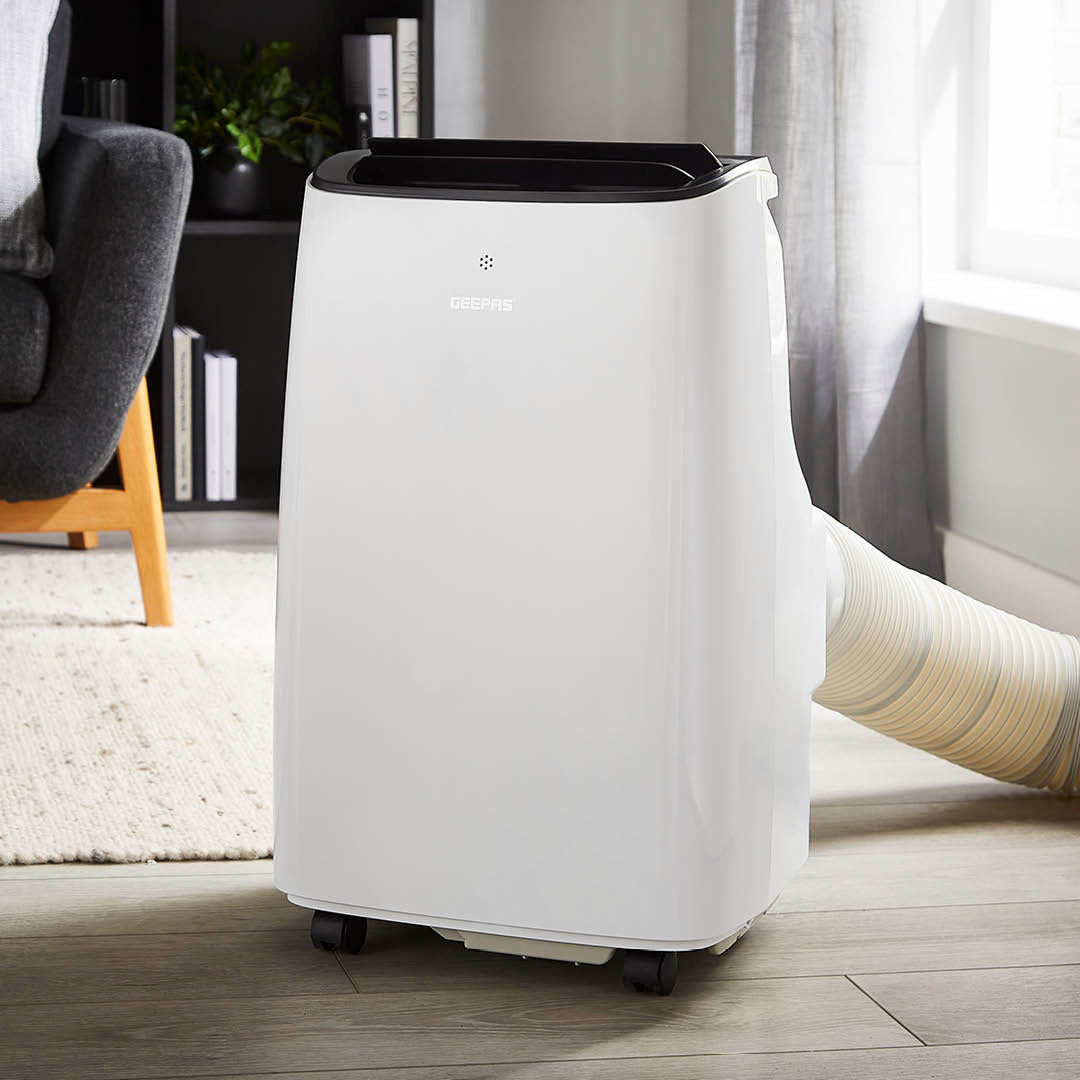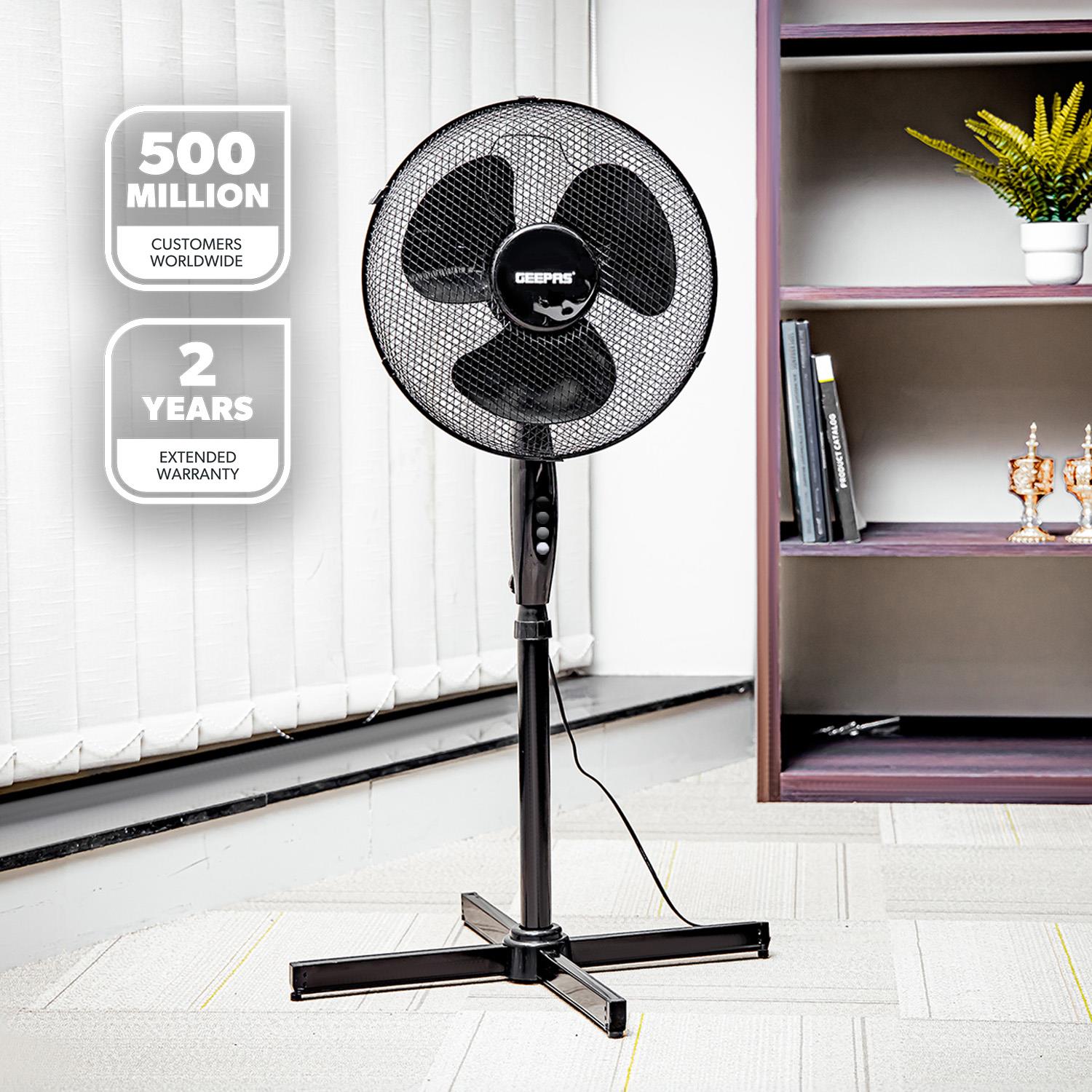Pedestal fans offer an energy-efficient alternative to air conditioning, but with rising electricity costs, maximising their efficiency makes good financial sense. This guide explores practical strategies to reduce your pedestal fan's energy consumption while maintaining optimal cooling performance.
Understanding Pedestal Fan Power Consumption
Before diving into energy-saving tips, it's helpful to understand how much power your pedestal fan actually uses. Most standard pedestal fans consume between 40-100 watts, depending on their size, speed settings, and features. While this is significantly less than the 1,500+ watts used by a typical air conditioner, the costs can still add up during extended summer use.
Top Energy-Saving Tips For Pedestal Fans
1. Select The Right Pedestal Fan For Your Space
Choosing an appropriately sized pedestal fan is your first opportunity for energy savings:
- Match fan size to room dimensions: A small 12-inch pedestal fan works efficiently in bedrooms, while larger 16-18-inch models are better suited for living rooms and open spaces.
- Consider energy-efficient pedestal fan models: Look for the Energy Star label or models advertising lower wattage.
- Explore DC motor pedestal fans: These can use up to 70% less energy than traditional motor fans.
2. Optimise Pedestal Fan Placement
Strategic positioning maximises cooling efficiency without increasing power consumption:
- Position in doorways or windows: Place your pedestal fan in a doorway blowing inward, or in front of an open window to pull in cooler outside air during evenings.
- Create a cross-breeze: Use two pedestal fans at opposite ends of a room to establish air circulation.
- Angle upward slightly: Set your pedestal fan at a slightly upward angle to create better whole-room air movement.
- The 'bowl of ice' trick: Place a bowl of ice or frozen water bottles in front of your pedestal fan to create a makeshift air conditioner effect without additional energy use.
3. Use Built-In Energy-Saving Features
Modern pedestal fans often include energy-saving functions:
- Timer settings: Program your pedestal fan to automatically shut off after you fall asleep or leave for work.
- Sleep modes: These gradually reduce fan speed over time, consuming less energy while you sleep.
- Remote controls: Adjust settings without getting up, making it easier to turn off when not needed.
- Oscillation strategically: Use oscillation only when needed to cool multiple people; stationary operation uses slightly less energy.
4. Regular Pedestal Fan Maintenance For Efficiency
A well-maintained pedestal fan operates more efficiently:
- Clean fan blades monthly: Dust buildup on blades creates drag, forcing the motor to work harder.
- Oil bearings as recommended: Proper lubrication reduces friction and energy consumption.
- Check for wobbling: An unbalanced pedestal fan strains the motor, wasting energy.
- Inspect electrical connections: Loose connections can cause energy leakage.
5. Smart Usage Patterns
How you use your pedestal fan significantly impacts energy consumption:
- Lower speeds when possible: Running your pedestal fan on medium instead of high can reduce energy usage by up to 40%.
- Focus on cooling people, not rooms: Pedestal fans cool people through evaporation of sweat, not by lowering room temperature - turn them off in unoccupied rooms.
- Supplement with ceiling fans: If available, use ceiling fans alongside pedestal fans for more efficient whole-room circulation.
- Combine with natural ventilation: Open windows during cooler mornings or evenings while using your pedestal fan.
6. Upgrade to smart pedestal fans
Consider investing in smart technology for significant long-term savings:
- Smart plugs: Convert any pedestal fan into a programmable appliance.
- Wi-Fi-enabled pedestal fans: Control remotely and create automated schedules based on temperature or time of day.
- Smart home integration: Connect your pedestal fan to systems that automatically adjust based on occupancy or temperature sensors.
When To Choose Pedestal Fans vs Air Conditioning
For maximum energy savings, know when to rely on your pedestal fan:
- Moderately warm days: When temperatures are below 25°C, pedestal fans often provide sufficient comfort.
- Dry climates: Pedestal fans work more effectively in lower humidity environments.
- Nighttime cooling: Use pedestal fans instead of AC during cooler evening hours.
- Targeted cooling: When only one person needs cooling rather than the entire space.
DIY Pedestal Fan Efficiency Boosters
Try these creative approaches to enhance your pedestal fan's cooling power without increasing energy use:
- Damp cloth method: Hang a slightly damp cloth behind your fan for enhanced cooling through evaporation.
- Frozen bottle technique: Position frozen bottles in front of your pedestal fan.
- Reflective backing: Place a reflective surface, like aluminum foil, behind your fan to direct air more efficiently.
- Raised position: Elevate your pedestal fan to the optimal height of 3-4 feet for better air circulation.
Conclusion: Maximising Pedestal Fan Efficiency
Pedestal fans remain one of the most energy-efficient cooling options available. By selecting the right model, maintaining it properly, and using it strategically, you can reduce your cooling costs significantly while staying comfortable during hot weather.
Remember that the most energy-efficient pedestal fan is the one used thoughtfully - directed at occupied areas, maintained regularly, and combined with other cooling strategies like natural ventilation and proper insulation. With these approaches, your pedestal fan can help you stay cool while keeping your energy bills under control.
Explore the collection of Geepas pedestal and desk fans
FAQs About Energy-Efficient Pedestal Fan Use
Q: Is it more energy-efficient to leave my pedestal fan running all day or turn it on and off as needed?
A: It's more efficient to turn your pedestal fan off when leaving a room for more than 10 minutes, as fans cool people, not spaces.
Q Do higher-priced pedestal fans use less electricity?
A: Not necessarily. Look specifically for energy-efficient features rather than assuming a correlation between price and efficiency.
Q: Can pedestal fans replace air conditioning completely?
A: In moderate climates or during milder summer days, pedestal fans can often provide sufficient cooling. During extreme heat, they work best as supplements to reduce AC usage.
Q: Are bladeless pedestal fans more energy-efficient?
A: Bladeless fans typically use similar or slightly more energy than traditional pedestal fans but may offer better air circulation and easier cleaning.
Q: How much can I actually save by using a pedestal fan instead of air conditioning?
A: Depending on your climate and electricity rates, switching from AC to a pedestal fan could save quite a lot monthly, especially if used for extended periods of time.





